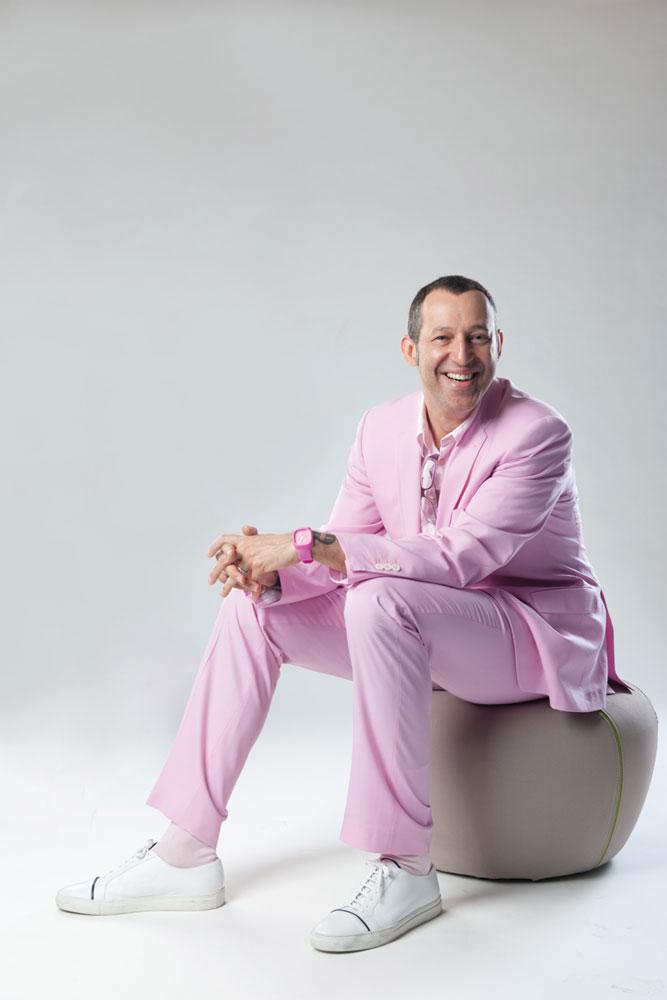Just as Rashid has had strong successes, and has also had strong views on the meaning of design.
As he says in the Winter 2012 issue of Canadian Art, “For me, design is not sculpture or art-furniture or one-liners. Design is contemporary, innovative, smart, intelligent, beautiful and experiential, and something that moves us forward.”
Rashid also notes that there are connections between design and the practice of sculpture.
“It [design] is the machine of the material world and the agent of change. That’s why my best designs function both as sculpture and as functional objects. They are sculpture to be used.”
Before his own firm became a full-time endeavour, Rashid taught industrial design for 10 years at institutions including the University of the Arts in Philadelphia, the Pratt Institute, RISD and the Ontario College of Art. (In an interview with Designboom, he notes that The Psychology of Everyday Things by Donald Norman, which applies cognitive psychology to design practice, was a key text he used when he was teaching regularly.)
Interestingly, some of Rashid’s latest designs pay homage to his own university days. A March 2012 BoConcept furniture collaboration is called the Ottawa Collection in honour of the time Rashid spent as a student and recent grad in the city, and his 2009 Doride lamp, created with Artemide, was actually based on a design he sketched when he was 20 years old and studying at Carleton University.
Nowadays, Rashid is a frequent guest lecturer at universities and conferences globally, a job which allows him to spread the word about the importance and widespread appeal of good design.
As he tells Canadian Art, “I think everyone should study design and add beautiful sculptural elements to the world.”










